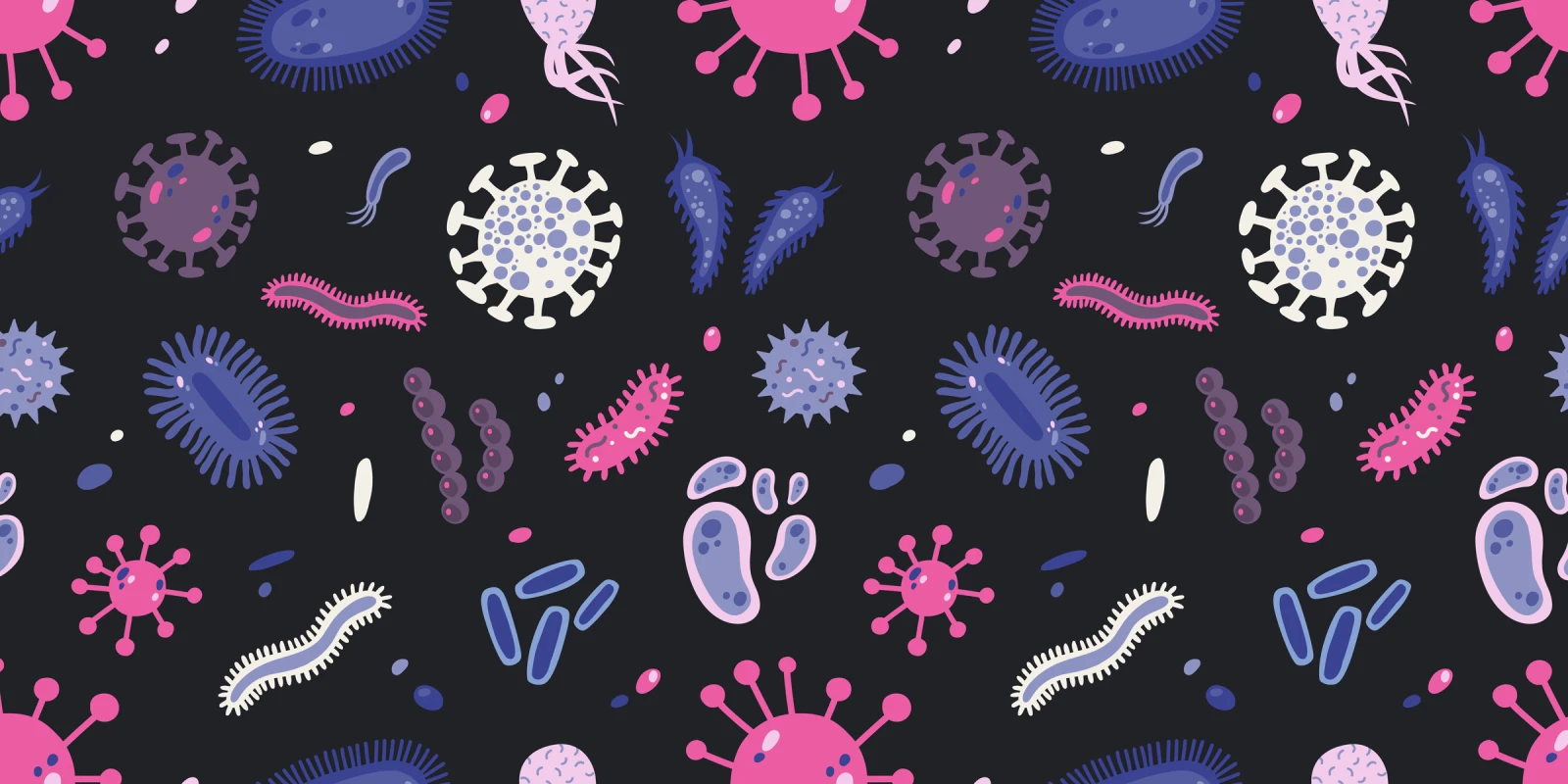Global climate change is a rapidly emerging issue worldwide, altering our environment and highlighting new concerns in global health, including the realm of infectious disease. Recent studies have suggested that rising temperatures, extreme weather, human relocation, vector infiltration, and water quality may all affect the fluctuating patterns of infectious diseases we are witnessing internationally and locally. Primarily, the concern with infectious disease changes centers on the significant human morbidity and mortality that may result from their evolution or migration due to climate change. Alarmingly, the literature describes a number of pathogens that have propagated in recent years, infecting and harming humans. The question remains: does this influx derive from climate change and, if so, how will this change affect human health in the coming years?
The most apparent concern appears to be that of vector-induced propagation of pathogens. In the U.S., the primary vectors involved include mosquitoes and ticks, which directly inoculate human host serum with viruses and bacteria, causing a barrage of diseases, from asymptomatic to life threatening. Recent reviews of the literature suggest that environmental factors may be altering the lifecycle and migration of vectors, leading to the spread of illness. One worrisome bacterium is Borrelia burgdorferi, the spirochete that causes Lyme disease. Carried by the Ixodes scapularis and pacificus ticks, Lyme disease remains a debilitating infection that can cause nummular rash, headaches, arthralgias, arthritis, heart block, and, in my profession, uveitis, neuroretinitis, papillitis and multiple cranial neuropathies, such as Bell’s palsy. Some factors proposed to contribute to a future upswing in Lyme incidences include warmer temperatures, daily temperature variability, and changes in forest coverage; however, it must be noted that these factors remain regional, and do not apply to the U.S. as a whole. Despite the limitations of mathematical models, evidence suggests the interaction between climate change and Lyme disease may be more pronounced at higher latitudes by 2100. This may be worrisome to some currently comfortable northerners, particularly those living in Canada at this time. Yet, given the slow rate of expansion of tick populations, the true disease impact may lag behind that of other vector-derived illnesses.
Aside from ticks, anyone who has experienced summer in the U.S. or has traveled in hot, humid climates remains acutely aware of mosquito-borne pathogens. Many viruses once considered truly endemic to certain regions of the world have now disseminated to new locations via mosquito populations, including the U.S. Studies suggest that both climate change and urbanization with globalization have contributed to the proliferation of mosquito populations carrying various pathogens. Of concern, malaria appears to be spreading to regions once considered less hospitable to the Anopheles mosquito: areas in higher elevation with historically cooler temperatures, such as those found in Ethiopia and Colombia. Another life threatening virus, dengue is reportedly the most rapidly spreading arbovirus internationally in recent years. This disease may manifest innocuously as subconjunctival hemorrhage in some, or as high fever, arthralgias, and systemic shock in others with significant mortality. Carried by the Aedes aegypti mosquito, this virus currently demonstrates the highest prevalence in Asia, but now appears to be on the rise in the Americas, with recent occurrences in the southeastern U.S. Public health data relate these rising disease rates to the dispersion of mosquito eggs globally, such as in boxes of rubber tire shipments, and to the influx of international travel with infected carriers. A relative of the primarily dengue-carrying mosquito, the Aedes albopictus transmits diseases more familiar in the Americas such as chikungunya and possibly Zika. While neither of these diseases is likely life-threatening, each may cause other health problems such as acute anterior uveitis, the most common ocular manifestation of chikungunya, as well as arthralgias, skin rash, and neurologic disease or microcephaly, specifically in the case of congenital Zika.
Climate change may also impact the incidence of fungal disease. Researchers speculate that a new pathogen, Candida auris, arose from farming practices with fungicides and was distributed by birds. It is now considered a nosocomial infection, found in ICUs or nursing home patients with multiple lines and tubes. In these immunocompromised patients, it can lead to systemic infection, and may be resistant to common antifungal medications. Another concern for fungal disease, in the eye, fungal keratitis poses a growing problem as warmer climates and agricultural changes may increase the rate of ocular exposures to fungal pathogens, leading to medically difficult cases to manage. While these diseases may seem controlled at present, fungal populations could easily proliferate to cause significant morbidity in a relatively short period of time.
Faced with a concerning future for disease propagation, likely exacerbated by climate change, we envision many challenges. If the human-generated components of global warming, water pollution, urbanization, and international trade continue to contribute to these changes in insect populations and environments, we may notice a significant toll on human health in just one generation. While much of the global vector burden has been quelled in recent years by the use of insecticides and modern medicine, vector and pathogen resistance may persist if innovation remains stagnant and underlying problems remain unaddressed. Furthermore, the brunt of the disease burden will fall on the lowest socioeconomic population, due to the limits of sanitation leading to higher rates of communicable disease. Therefore, it will be the responsibility of clinicians, public health agents, environment scientists, and policymakers to protect the global climate and its citizens in years to come.
Dr. Baker was a 2020–2021 Doximity Research Review Fellow.
Image by GoodStudio / Shutterstock







